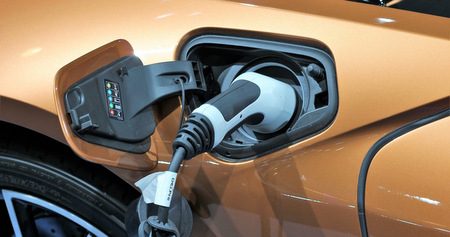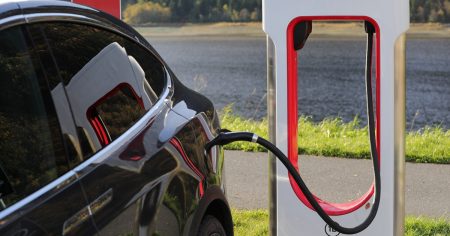Introduction
Electric vehicles (EVs) still represent a small portion of cars on the road in Australia. However, after one year when sales decreased EV sales are on the rise again and, as consumer trends related to sustainability and concern with the environment continue to grow (coupled with changes in regulation), EV might eventually become the norm.
As discussed in our White Paper, Electric Vehicles in Australia – What is the horizon for public charging infrastructure, the current barriers to EV adoption are: “range anxiety” (fear of being stranded unable to recharge the EV), lack of a variety of models/options and high cost of EVs.
When looking at the bigger picture and considering personal vehicle purchase in general, Australian consumers have the following priorities: safety, price and reliability/warranty[i]. The vehicle range capacity and the fuelling time are not concerns of consumers as those are not issues related to traditional fuel vehicles. Considering that EVs can match safety and warranty in an easier way, the only attributes that are still difficult to replicate are price and reliability.
While EVs don’t achieve economies of scale to offer a competitive price, government incentives have proved to be a successful strategy to mitigate this issue and support global increase in sales. Additionally, new technology developments can also be a source of cost reduction for manufacturers in the near future.
In that sense, range anxiety remains the main barrier to be overcome by EV. The most common proposed solution to this obstacle is to implement a comprehensive charging network. Nevertheless, this solves only part of the problem as having several charging points at the driver’s disposal doesn’t reduce the amount of time needed to recharge an EV.
Currently, the so called DC super-fast or Level 3 chargers are able to fully charge an EV in around 30 min as opposed to 2 hours needed with a Level 2 charger and 10 hours, with Level 1 charger. For the sake of comparison, let’s say that to fill up a fuel vehicle takes around 5 minutes. Considering the current available technology, the EV industry’s challenge is to convince consumers to change their fuelling behaviour completely, as EV drivers need to plan ahead when and where they will charge, how much time they will have available to do it and they will need to invest in a home charging point.
Therefore, having an extensive charging network probably won’t be enough to result in a mass EV uptake if charging times aren’t reduced substantially.

Read the full article:

